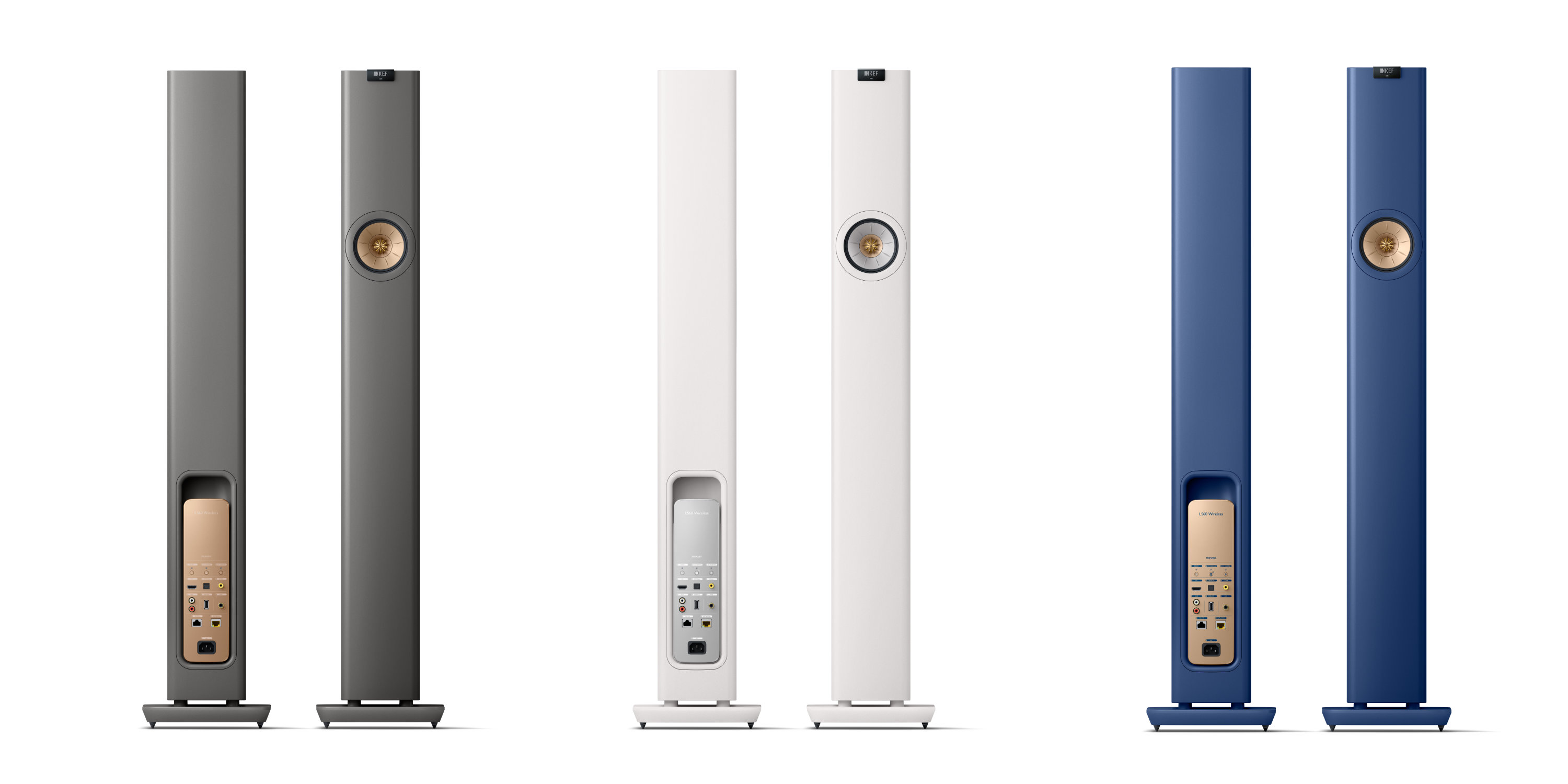It’s psychoacoustics, and why most people are completely happy with their $100 bluetooth speaker that goes down to 60Hz…
There is another - purely technical - problem with reproduction of very, very low musical content. Unfortunately I am currently unable to find and link to the video but it was Peter Lyngdorf who drew my attention to this nifty but real calculation:
We all came to expect pretty high THD numbers in the bass region. Especially for small speakers value up to or in excess of 100% are not uncommon. When we come to se e.g. a k2 value of 10% in the lowest bass registers we generally regard this as pretty decent for low bass, right? I do, or more precisely, I did.
Now, imagine you approach to improve your system by adding a subwoofer that will play down to 20 Hz, even if it results in 10 - 20 % k2 at higher levels. Still sounds like a decent improvement ...
... until you take a look at the SPL curves for equal loudness. Depending on level our hearing ist roughly 20 to 15 dB less sensitive at 20 Hz than it is at 40 Hz. Unfortunately, a k2 value of 10 - 20 % means that the actual output (which happens to be 40 Hz as we are talking k2) is just ... well ... 20 to 15 dB below the 20 Hz fundamental.
Conclusion: Our nice 20 Hz output could be more or less entirely masked by distortion. For movies and games you would still get a lot of possibly welcome extra oomph. But you cannot say you really got higher fidelity music playback this way.
I've been a subwoofer sceptic for decades rather than years when it comes to music. I'm sort of a convert now, but still I think quality is more important than quantity when trying to extend the lower frequency range of your system.

